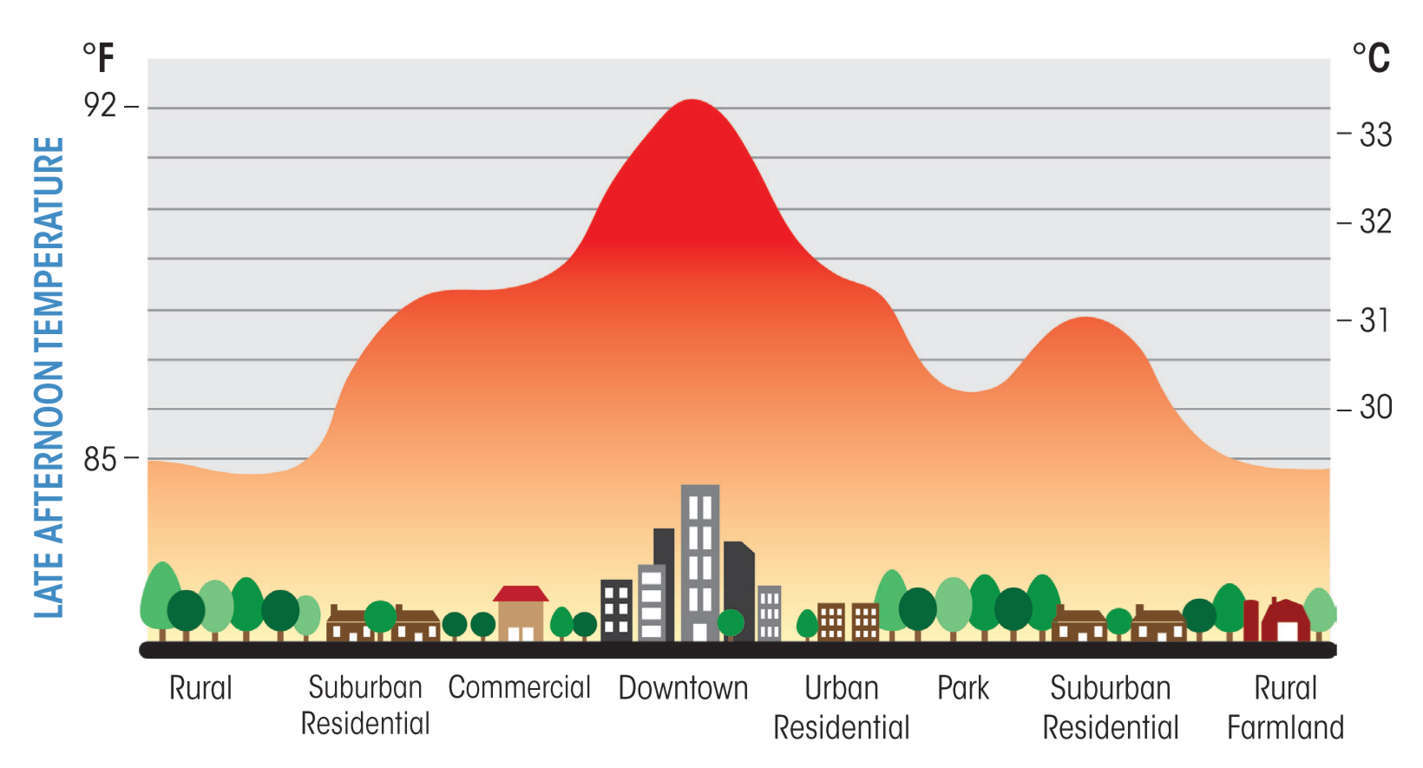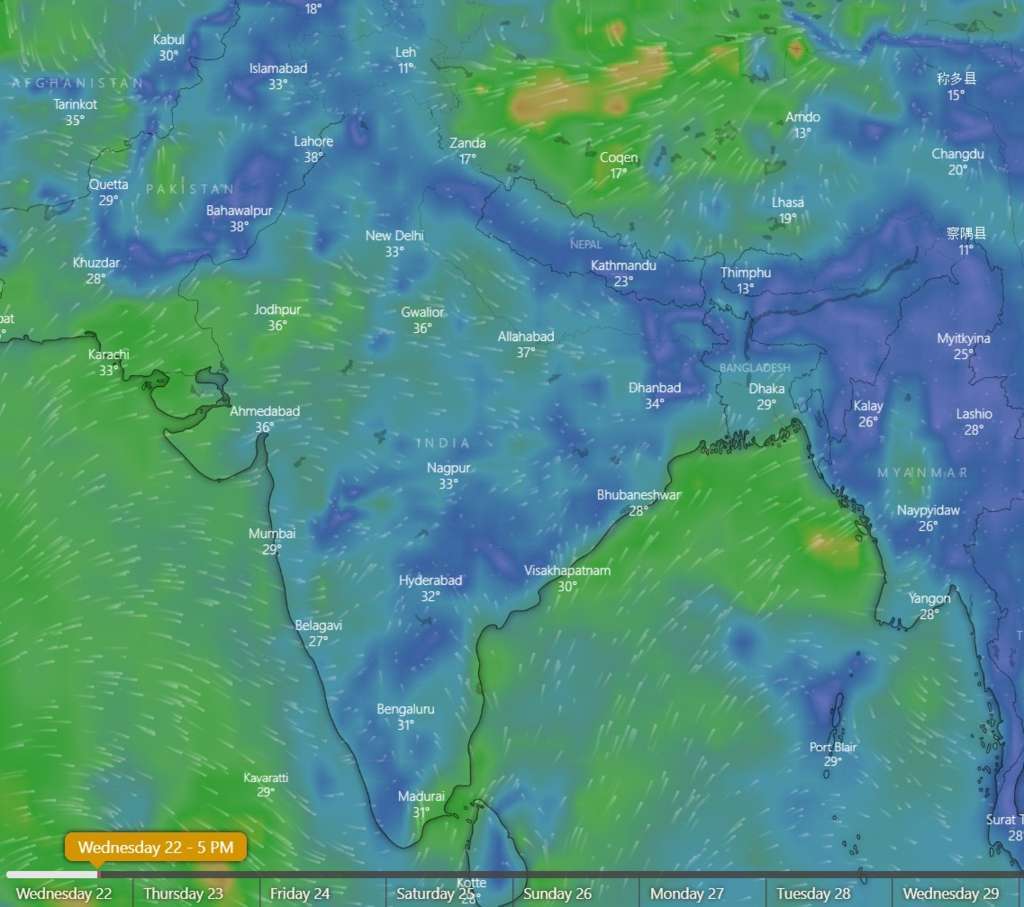Reforming Urban Planning in 21st Century Indian Cities
The urban sections of India have a tremendous impact on the country’s economy and vice versa. Economic opportunities contribute to migration further resulting in the rapid expansion of towns and cities. Thus, India’s rapid economic growth is a shift of one of the largest urban transformations of the 21st century. The challenges that come with such sprawl are providing infrastructure and housing. Taking the case of Mumbai, most of the city’s population that lives near employment centres in the town's heart are residing in slums. This calls for an enormous amount of investment in public infrastructure. Hence, there is a requirement to provide quality water supply and sanitation facilities, road infrastructure, drainage, sustainable energy supply, and reasonably priced serviced land.
A Case of Mumbai
Modern Architectural Research Society, founded in 1946, published “Bombay: Planning and Dreaming” in 1965 MARG. Mulk Raj Anand issued this journal as a dream of an ideal city with modern architecture and planning post-independence. Gandhi perceived modern cities as alien to India. On the contrary, villages were places of backwardness and superstition to Nehru. Somewhere in the middle, Mumbai evolved from having a spirit of just human relations in the village to an urbanized and industrialized city as perceived by Nehru. Where the journey to lose its backwardness and superstition led to?
Urbanization in the late 1940s was seen as a means to modernize cities with Chandigarh (designed by Le Corbusier) being the best example to Nehru. Mumbai, post-independence, faced the problem of urban congestion leading to haphazard growth. As a solution, urbanists promoted the idea of twin cities, which was a challenge considering many tiers of political and administrative bodies and planning organizations in the city. An outline for a master plan by N.V. Modak, a BMC engineer, and Albert Mayer, an American town planner and architect, was prepared in 1948, which was a step towards a planned Mumbai. The city faced problems of congestion, overcrowding, unsanitary and inadequate housing. The planning committee identified these issues as fundamentally spatial and used them symbolically to express a sense of India’s shortcomings as a nation. The city lacked key aspects of efficiency and organization crucial to planners. The densely packed chawls in Mumbai were a way to dramatize the housing shortage which presently houses a majority of Mumbaikars.
Since the linear expansion would lead to greater travel and more congestion, Modak and Mayer recommended expanding East-West transportation links, a westward settlement, and satellite towns for Mumbai. It is crucial to meet the needs of capitalist industries. However, unlike in Mumbai, zoning needs to be aimed at practices and experience, not just at the spatial organization of work and life. Modak and Mayer too aimed at improving and modernized Mumbai and not brutally de-Indianize the city. However, the Indianness could only be restricted to architecture and aesthetics. In continuation, Modak and Mayer creatively used the natural features to formulate a plan with an emotional appeal in 1948. Though the plan was short for the growth, Mumbai observed in 1964. Hence, BMC made another master plan.
The dream of twin cities could be seen fulfilling when a bridge was built in 1959 over Thane Creek to connect the city and mainland, and with this MARG’s support grew. To support the matter of development, City Industrial Development Corporation (CIDCO) was formed in 1959. And hence, another revolutionary advancement came into being. The Nhava Sheva Port was an opportunity for a clean, planned, people-friendly Navi Mumbai providing affordable accommodations to the residents. The port was protected from air pollution and built from scratch.
The dream soured when Navi Mumbai failed to become a counter magnet. The growth and congestion continued in the city. CIDCO’s goal of achieving financial self-sufficiency was achieved by selling plots it had acquired at low agricultural rates. This lead to protests. In no time, the State was on trial and Mumbai turned into the city of conspiracy. To put a halt to this, the Indian Supreme Court affirmed that the State must be guided by principles of public interest. The State played an individual monarch and sold the land for auction to the general public to private parties. The Save Bombay Committee recommended raising the share of commercial buildings. This led to towers proliferating on reclaimed lands at Nariman Point and Cuff Parade. This act reinforced the North-South axis and ultimately pressure on traffic arteries. Towers rose around the Backbay, representing broken dreams of the twin city.
Urban Challenges in 21st Century
The cities in India have reached their maximum population limit. As a result of which they are moving towards urban sprawl. The Indian master plans have taken modern concepts of satellite towns like with Delhi, where Gurgaon and Dwarka are satellite towns to the main city and are a part of the National Capital Region as a whole. If taken into consideration the non-metropolitan cities, on the contrary, most of the master plans of the current Indian cities are either static or out of date. Though there are laws made especially to remove restrictions and rent control on land, licit tools for their operation are still missing. Floor Space Index (FSI), zoning via land use (as popularly practiced in India), and development control regulations often are inappropriate to the planning on the ground as with Mumbai where the overcrowding population yearns the need of an increase in FSI (currently 1.33) but the government has taken no step. Public transport services sometimes fail to consider the non-motorized transit system for the pedestrian population of the city. Planning for bicycles and handcarts is a challenge urban planners in India need to focus on. Another major challenge the cities today face is the overlap through the 3 tiers of the Indian government, which eventually leads to diffused accountability across agencies and governments. The state government failed to effectively function at the local level.
Urban sprawl and growth
The 21st century and previous urban areas have seen an exponential rise in the population. The cities have achieved double the population in the past 2 decades than they had achieved in 50 years before that. Urbanization has given rise to an influx of uncontrollable population, who could not find suitable infrastructure to sustain a healthy and positive lifestyle. Not only the corruption in the government is responsible for the cataclysmic approach, but also, the planning issues dealt with during earlier centuries could not find their place amongst a holistic urbanized community. This has led to the fact that the influx of population is forming dwellings and satisfy the accommodation and business needs. Hence, there is a dire need to control the sprawl and take the area into the planning boundary.
Compact City and Smart Growth
Sprawl leads to more emissions and long lengths of infrastructure, resulting in more expenditure for the state. Though it is inevitable to avoid sprawl, still the expansion needs to be planned to cater to the infrastructure requirements of the future. Besides this, sprawl promotes incoherent communities as compared to the well-knit neighbourhoods that the compact city provides.
It may be the notion that the higher the densities, the more compact a city is. But a compact city also ensures better accessibility and reduced dependencies on motorized vehicles and hence less pollution. As India’s current contribution of vehicles to pollution is 30%, this strategy for both existing and newly planned city could be an effective one. It is a symbol of walkable and cycle-friendly neighbourhoods. Yet not only accessibility but compact cities can cater to the urban forms being sustainable. This concept includes mixed-use spatial characteristics within dense settlements, which in turn promotes self-sufficiency and social justice in terms of active public relationships. A prominent example of this would be Manhattan, where the neighbourhoods are re-zoned block by block to incorporate the additional population on the same area of land as the city was already saturated to its ends. Such practices also enable a city to achieve an urban quality of life with limited use of resources. Both transport and urban planning could cause a sustainable union while considering the concepts of a compact city.
Smart Growth is one where the land use patterns are such that the amount of travel by the residents is less. Hence, smart growth is a sprawl incorporated within the planning boundary of a city. It mainly aims at enhancing the quality of life by reducing public finances and boosting social equity. The housing under this may include smaller lots, but it also considers the neighbourhood business as a part of economic development.
With urbanization raises the problems of traffic, air/water pollution, accidents, racial tensions, and crimes which are to be catered to by the society and the state government by imposing strict rules and regulations.
Imposing Compactness in a city
Once the master plan for a compact city has been conceptualized, the next step is to ensure its compactness. The planning boundary can be regulated by prohibiting development beyond a virtual yet definite line and preserving the land for agriculture or bio conservation.
Smart Growth and Mumbai
In Mumbai, despite the growth being outside the boundaries, the policies are not supportive of compact development and smart growth. Because of industrial development on the outer boundary and the prime dependency of the central economy on the commercial sector, the city experiences transportation complications and hence a decline in quality of life. Thus, even today, the city has overcrowded local trains, dense slums like Dharavi, and a very strained infrastructure network. The city could achieve dense compact planning by the principles of land acquisition/ pooling. A pedestrian-friendly green neighbourhood block could cater to the issues of liveability. The housing costs would come down if we provide higher FSI in the centre. And if we develop the city centre as a compact city proposal, North-South sprawl can be catered to. And along with this, the ongoing metro proposal across the city could play a positive role and add to the ease of movement for the residents. However, a density cap is an obnoxious solution a planner should refrain from. A positive example of such smart growth planning and transport policies in Singapore, where the effects of pollution per person are lessened.
Government’s Response
Spatial development is a multifold process involving the economy, environment, society, politics, and aesthetic objectives. Planners will have to give up their conventional desire for a close-knit and closely linked spatial development where all its aspects are well integrated into the plan to serve effortlessly all the other components. In India, a sizeable amount of synchronization in work occurs through off-the-record networking and mutual adjustment. The action planning process gives an altogether diverse angle to a project and therefore is a knowledge-gaining experience for the contributors.
Conclusion
A compact city principle leads to lower energy consumption, pollution (especially vehicular), and emissions. It can be easier to develop efficient infrastructure. The growth of the city needs to be in line with the population in the future. It is crucial to make good verse plans of all the aspects of planning with all actors in place backed up with sufficient budget to execute the compact city proposal. The governance plays a key role to support smart growth as at first someone might contest the execution, however, the future population might reap the benefits if accomplished accurately. Hence strong governance is key. This also calls for abandoning obsolete planning policies and fiscal reforms which have been encouraging sprawl and supporting more flexible regulatory policies to meet the demands of sprawling cities like Mumbai.
References
Nallathiga, R. (April 2007). Compact City and Smart Growth as Policy guiding models for achieving Sustainable City Development: The case for Mumbai metropolis. ICFAI Journal of Urban Policy II.
Pipralia, S. (2008). URBAN REFORMS: THE URBAN PLANNING IN NEW PARADIGM. ITPI JOURNAL.
Prakash, G. (n.d.). Mumbai Fables. Mumbai.
The World Bank. (2011, September 11). Retrieved from Urbanization in India: http://www.worldbank.org/en/news/feature/2011/09/22/india-urbanization
Related Articles

SOLAR FARMS: A NEED TO SHIFT TOWARDS A RENEWABLE ENERGY
Indian cities can better leverage technology

URBAN HEAT ISLAND INNOVATIVE WAY TO REDUCE ITS EFFECT





